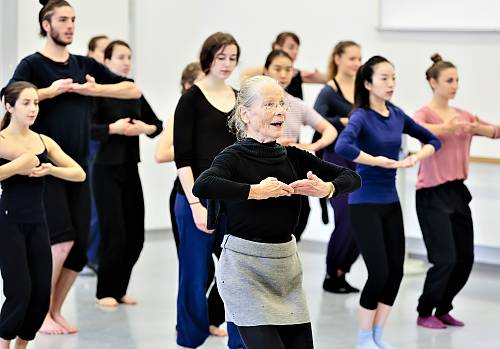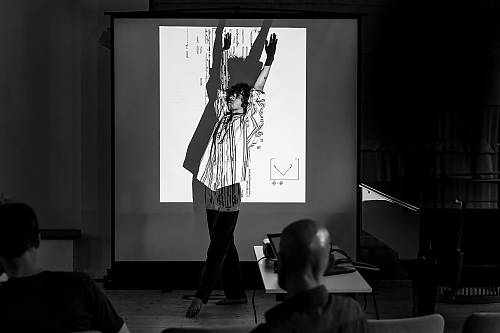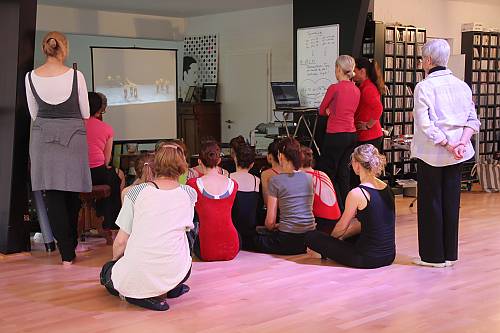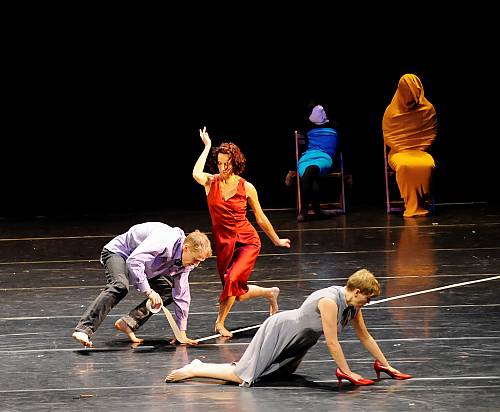The practice of Modern Dance in Germany
Inscribed in 2022 (17.COM) on the Representative List of the Intangible Cultural Heritage of Humanity

Modern Dance is a form of physical expression distinct from classical ballet. Rather than reproducing predetermined dance positions, the dancers seek a true-to-life expression that reflects emotions and life experiences. The focus lies on solo pieces as well as on co-creation in small groups, and age, social status, origin, physical condition and gender play no role. Modern Dance in Germany is practiced and taught by dancers, choreographers and dance educators of different ages and styles. It includes elementary rhythmic movement education as well as dance projects for children and young people at public schools and leisure facilities. Dance communities also offer courses and workshops in dance schools, cultural institutions and adult education and study programmes. A multifaceted practice of cultural activity and self-empowerment, modern dance creates a sense of community, strengthens human ties and is locally rooted. From a social perspective, it is viewed as a source of social cohesion, promoting integration and inclusion, especially of disadvantaged groups, such as people with disabilities and older adults. It also promotes health by contributing to an appreciation of physical and emotional expression.









